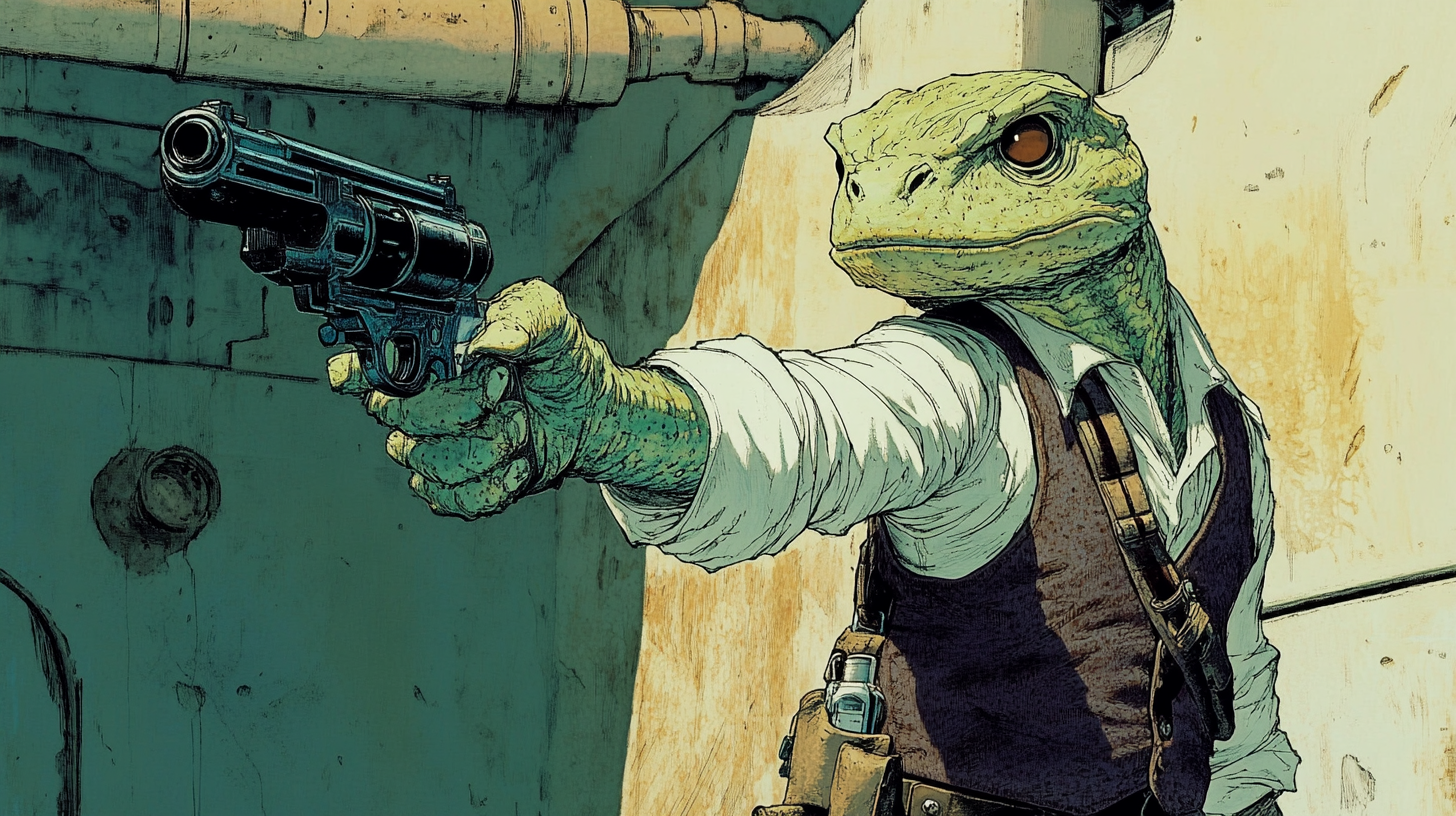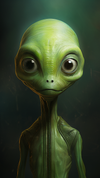The Forgotten Concepts Behind "A New Hope"
Early drafts of "A New Hope" featured wild ideas—Luke Starkiller, a female Han Solo, and a queenly Leia. Discover how these changes shaped the mythic tale that launched a science fiction empire.

When "Star Wars: A New Hope" opened in 1977, it didn't just launch a franchise—it reshaped the landscape of science fiction cinema. With its sweeping score, archetypal characters, and blend of mysticism and machinery, it arrived as something new yet timeless. But the film audiences came to know was hardly fixed from the start. George Lucas's early drafts reveal a very different galaxy—populated by characters with strange names, altered fates, and wildly divergent appearances.
These preliminary versions were filled with discarded ideas, alternate heroes, and entire concepts that would either evolve dramatically or vanish altogether. Far from mere curiosities, these early drafts provide a rare look into the volatile creative process behind a cultural landmark. In this article, we'll explore six major elements from the original conception of "A New Hope" that were almost completely different—and consider what they reveal about the making of a modern myth.
The Changing Faces of the Hero and His Allies
Before he was the wide-eyed farm boy with a destiny, Luke Skywalker was Luke Starkiller—a far more aggressive name for a character who, in early drafts, bore little resemblance to the hero we know. In one version, he was imagined as an aging general, a battle-worn veteran of galactic wars. In another, he was a teenage girl, surrounded by male siblings in a sprawling, ensemble-driven narrative. Each iteration reflected George Lucas's ongoing struggle to refine his central protagonist into a relatable figure rooted in mythic tradition.

Han Solo, too, was almost unrecognizable in his first incarnation. Early concept art and script notes describe him as a tall, reptilian alien with green skin, gills, and no nose. He bore no resemblance to the charming rogue who would later be brought to life by Harrison Ford. These early versions painted Han not as the quintessential space cowboy, but as an exotic sidekick—perhaps more fitting in a pulp serial than a mythic epic.
As Lucas refined his story, the characters began to coalesce around familiar archetypes such as the young knight, the worldly rogue, and the hidden princess. The transition from alien oddities and scattered personalities to timeless roles wasn't just cosmetic. It signaled Lucas's growing commitment to building a modern myth rooted in classical storytelling, one that would resonate across generations.
Unused Archetypes and Forgotten Names
Long before filming began on "A New Hope," George Lucas drafted a vast constellation of characters—many of whom were set aside but left traces that endured. One early figure was Deak Starkiller, originally cast as a heroic older brother to the protagonist. In some outlines, Deak is killed in the opening scenes, setting a grim tone that emphasized sacrifice. Though Deak never reached the screen, the idea of a fallen warrior would later reappear in characters like Biggs Darklighter and, more significantly, in the saga's later obsession with fallen Jedi.

Another early name was Mace Windu. In Lucas's rough notes, Windu was a Jedi elder and narrator. He was cut from the 1977 film, but the name would return decades later in "The Phantom Menace" as a Jedi Master.
Lucas also sketched a version of Han Solo as a woman—one of several attempts to experiment with different character groupings before settling on the final trio. These abandoned roles and unused names weren't mistakes. They reflect the exploratory phase of world-building, when archetypes are tested, discarded, and sometimes shelved for later use. Lucas's unused material often served as a reserve of ideas, drawn upon long after "A New Hope" had launched its first journey into the stars.
Mysticism, Myth, and the Force of Others
In the earliest drafts of "A New Hope," the mysterious energy that would come to define the saga was referred to as "the Force of Others." This phrasing suggested a doctrine that belonged to outsiders—obscure, arcane, and detached from the universal. It was one of several competing belief systems in a galaxy fragmented by war and ideology. The idea was intriguing, but the name lacked the elegance and clarity needed for a unifying myth.
As development progressed, George Lucas refined the concept. He dropped "of Others" and made the Force a singular, universal energy field—something that "surrounds us and penetrates us," as Obi-Wan Kenobi would later say. This change gave the story a spiritual center, something that transcended the mechanical and grounded the narrative in timeless moral themes.
The transition was both linguistic and philosophical. By simplifying the term, Lucas transformed a niche mystical idea into a moral compass. The Force was no longer distant or exclusive. It became a symbol of personal responsibility, restraint, and harmony. In a film filled with starships and stormtroopers, the Force served as its soul—a thread of ancient wisdom stitched into the heart of a new mythology.
Crowns, Medals, and Narrative Closure
The conclusion of "A New Hope" could have looked very different. In early drafts, the story ended with Princess Leia being crowned queen—a traditional elevation that suggested political restoration and royal destiny. This version leaned heavily into fairy-tale imagery and echoed classical myths where the heroine claims a throne at the tale's end. But the scene was ultimately cut, and with it went a sense of monarchical finality that might have undercut the film's broader themes.

Instead, Lucas chose a simple, dignified ceremony. Luke and Han receive medals for bravery, flanked by their comrades and honored by Leia. This choice grounded the finale not in coronation, but in camaraderie and earned recognition. It emphasized the contributions of individuals over bloodlines or titles and left the political future of the galaxy deliberately vague.
The medal ceremony also provided a moment of clarity—heroism, not heritage, was the heart of the story. In a film that balanced mythic overtones with accessible storytelling, this ending struck the right note. It offered closure without concluding the larger journey, and in doing so, left the audience ready for more. The crown was removed, but the legend had only begun.


